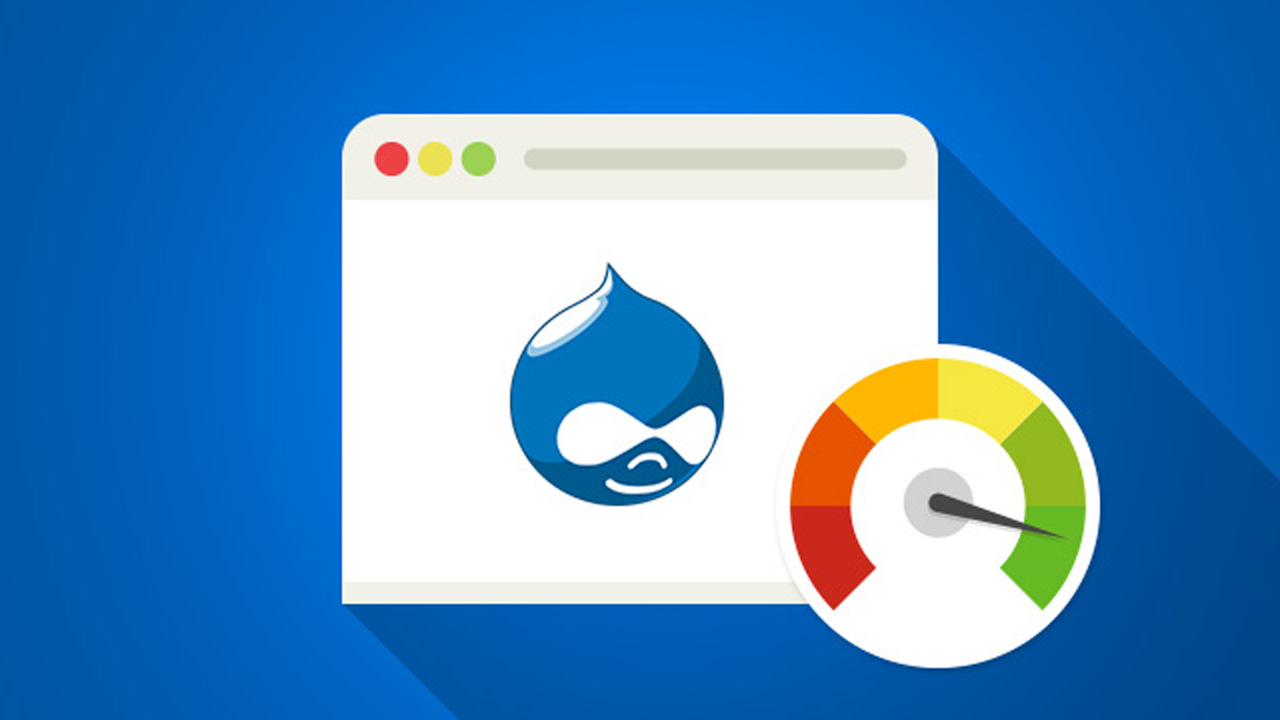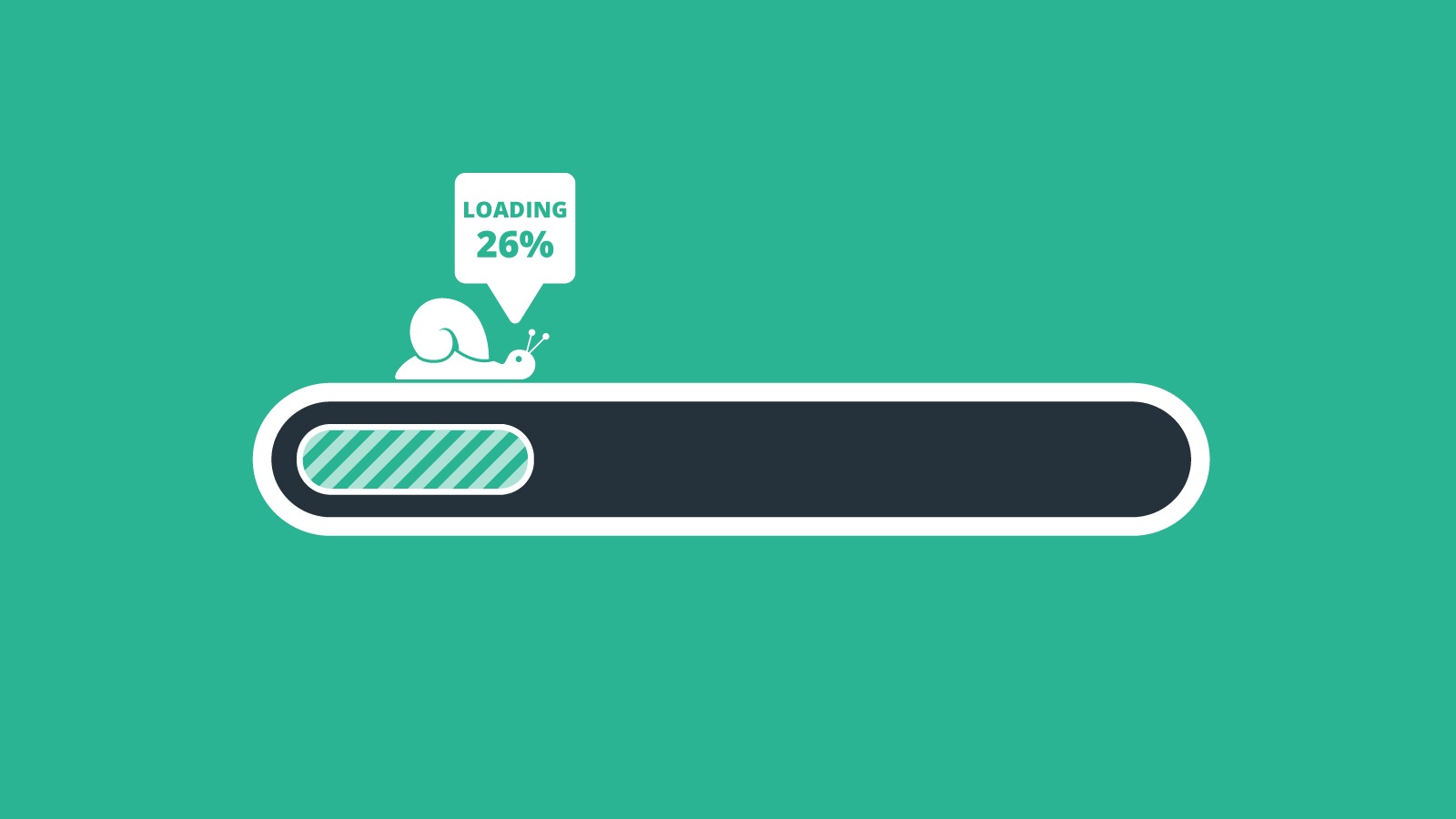
Noone loves a slow, unresponsive web experience.
An increase in Google rankings is not the only benefit of faster page load times. Additionally, it’s about enhancing your visitor’s scrolling experience, amplifying a positive brand impression, and driving in more sales.
Drupal website are capable of managing several million daily visitors – but fail to do so due to poor code structures that freeze from time to time. In order to leverage maximum benefits, Drupal optimization is an essential practice.
You may accomplish your marketing objectives more quickly than ever by combining Drupal-specific technologies with general practices. In this article, we’ve listed 7 easy ideas that have the potential to significantly raise the level of your website’s performance.
Remember that improving visitor retention and potential revenues only requires a little period & attention to detail.
Optimizing the Database
The website’s coding is not the only aspect that can be optimized. The use of databases may significantly contribute to speed reduction.
It’s usually a good idea to frequently clean the data and remove unused or superfluous portions of information in order to improve the database.
The database can be made faster by utilizing some modules available in drupal libraries. This utility makes your data faster to access by temporarily storing it in active memory. This solution will function with shared web hosting packages as well.
We advise opting for a regular utilizing check using the optimize tool in the database if you have access to phpMyAdmin. It makes access easier and keeps it clean.
Image Optimization
Any piece of content must unquestionably include images. For instance, did you know that blogs with photographs get 94% more views than blogs without any images?
Optimizing the native caching system is one of the best ways to make Drupal websites faster.
This technique makes sure that all web page elements are saved in an easily accessible location following a user’s initial visit. The page elements are fetched from the cache when the visitor accesses the website again. The website’s loading speed significantly improves as a result.
Syslog
Syslog provides helpful data for system administration and security auditing. The Syslog module logs events by transmitting messages to your web server’s operating system’s logging function. It offers filtering features to route messages based on their kind and severity, making it suitable for large and medium-sized sites.
It allows you to view logs and perform troubleshooting if your website is down.
Removing Redundant Modules

The overhead and code execution times for each module on your website vary. If there are more installed modules on the website, the code execution takes much longer. This execution time is closely related to how quickly a website’s pages load.
Administrators occasionally commit the error of deactivating modules rather than performing a thorough removal. The page load time is impacted by this. Hence, you should think about removing all unused modules from the website to speed up its operation.
On a similar note, checkout:
6 Drupal Modules for a Top-Notch Website
Renew Your Headers

The last suggestion on this list is a little more difficult than expiring headers. However, it might increase the effectiveness of caching on the browser side of the page.
In fact, if you don’t have an “expires” header in the .htaccess file, many programs will issue a warning.
Expired headers instruct the visitor’s web browser to store specific website items that don’t change frequently. This method of storage is used for things like backdrops, icon pictures, logos, and more.
As a result, the next time the consumer sees your website, their computer just recalls the visual itself.
Simplistic Architecture
Adopting a minimalist style is among the finest strategies to make any website faster. This is the time to limit everything to absolute necessities. The disadvantage of this approach is that your website won’t have many of the bells and whistles you might wish to include.
It can be challenging to make your Drupal experience simpler, because there is so much it can be added to. However, anything from captivating modules to attractive designs might have an impact on how well the website performs.
The site can give the visitor a considerably faster experience by sticking with fewer visuals and database calls.
Slow Loading

Information or features on a webpage that won’t display until the user encounters them are referred to as “lazy loads.” Lazy loading is an essential feature for Drupal optimization.
This decreases the number of seconds it takes for webpages to load and speeds up the website as a whole. There are many common websites, and each one necessitates that the user’s web browser pre-load content and graphics before accessing the site. As a result, the webpage eventually loads incredibly slowly.
Regardless of the Drupal version you are using, you may use slow load capacity on your website and still notice a noticeable performance benefit. It is also used to make a website more mobile-friendly given that a sizable portion of users access websites through mobile devices.
Wrap Up
Drupal offers a variety of speed optimization techniques for addressing website performance issues.
If you haven’t made the choices we covered above, we guarantee that you will see a rapid improvement in your website’s performance across platforms.
Your Drupal site’s performance may be impacted by a variety of factors, so you should make sure it is correctly cached, that the pictures are the right size, and that any unwanted modules are deleted. These three factors, along with sensible bandwidth management, will take away most of your hassles related to Drupal optimization!


